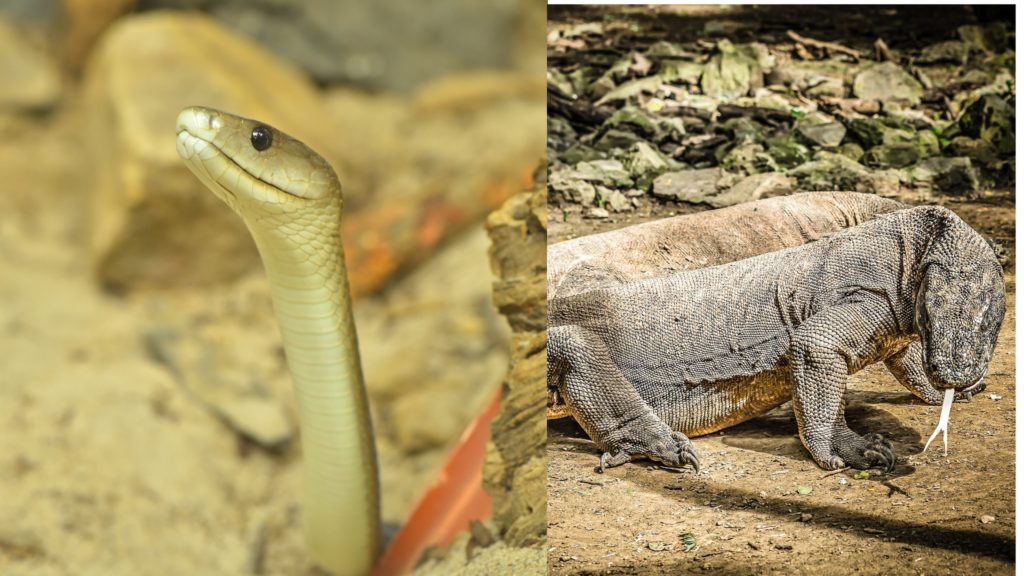
Reptiles are a diverse class of animals that have fascinated scientists, naturalists, and the general public for centuries. Belonging to the class Reptilia, these creatures exhibit a remarkable range of adaptations and behaviors that enable them to thrive in various environments across the globe. From the ubiquitous lizards to the majestic crocodiles, reptiles play a vital role in the ecosystems they inhabit. This article delves into the defining characteristics, classifications, and the ecological importance of reptiles.
Defining Characteristics
Reptiles share several distinct characteristics that set them apart from other animal classes such as mammals and birds:
Scaly Skin: One of the most recognizable features of reptiles is their dry, scaly skin, which is made of keratin. This adaptation helps reduce water loss and provides protection against environmental threats. Unlike mammals, reptiles do not have skin glands, and their scales can vary significantly in texture and color.
Ectothermic Metabolism: Reptiles are ectothermic, or “cold-blooded,” meaning they rely on external sources of heat to regulate their body temperature. This characteristic allows them to survive in a variety of habitats, but it also means they are more dependent on environmental conditions.
Lung Presence: All reptiles breathe air through lungs. Some aquatic reptiles, such as sea turtles, have specially adapted lungs to suit their oceanic environments.
Reproductive Strategies: Most reptiles reproduce via internal fertilization, and many lay eggs with protective shells. However, some species give live birth. The strategies for hatching and rearing young vary widely among different reptile species.
Adaptations: Reptiles exhibit a range of adaptations to suit their environments, from the camouflaging abilities of chameleons to the powerful limbs of crocodiles enabling swift movement both on land and water.
Classification Of Reptiles
Reptiles are divided into several orders, each containing a variety of species:
Squamata: This is the largest order of reptiles, which includes lizards and snakes. Members of this order are characterized by their scaly skins and ability to shed their outer layer.
Crocodylia: This order comprises crocodiles, alligators, caimans, the Gharial(Gavialis gangeticus), and the Tomistoma (Tomistoma schlegelii). These large, aquatic reptiles are known for their strong jaws, powerful tails, and social behaviors.
Testudines: This order includes turtles and tortoises. These reptiles have a distinctive bony or cartilaginous shell that protects them from predators.
Sphenodontia: This order consists of only one living species, the Tuatara(Sphenodon punctatus). The Tuatara is a rare reptile native to New Zealand, which has distinct physical characteristics that differentiates it from lizards.
Rhynchocephalia: This is not a well known group of reptiles.
Ecological Importance
Reptiles play vital roles in ecosystems as both predators and prey. Their diverse feeding habits contribute to maintaining ecological balance. Here are some of their ecological functions:
Pest Control: Many reptiles, particularly snakes and lizards, help control populations of insects and small mammals, which can be beneficial for agriculture and human habitation.
Seed Dispersal: Some reptiles, such as tortoises, play a role in seed dispersal. They consume fruit and excrete seeds, aiding in plant propagation and the maintenance of biodiversity.
Indicators of Ecosystem Health: The presence and health of reptile populations can be indicators of environmental health, as they are sensitive to changes in their habitats, including pollution and climate change.
Conservation Challenges
Despite their ecological importance, reptiles face numerous threats, including habitat loss, climate change, pollution, and illegal wildlife trade. Conservation efforts are essential to safeguard their habitats and ensure the survival of threatened species. Initiatives such as habitat restoration, protected areas, and legal protections against poaching are vital for maintaining reptile biodiversity.
Conclusion
Reptiles are a vital component of the Earth’s biodiversity, embodying a fascinating array of forms and functions. Their adaptations have allowed them to survive and thrive in diverse environments across the planet. Understanding the biology, ecology, and conservation of reptiles is essential not only for their survival but also for the health of the ecosystems they inhabit. By fostering awareness and appreciation of these remarkable creatures, we can contribute to their conservation for future generations.
